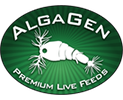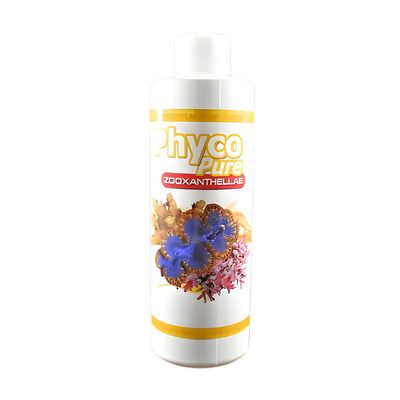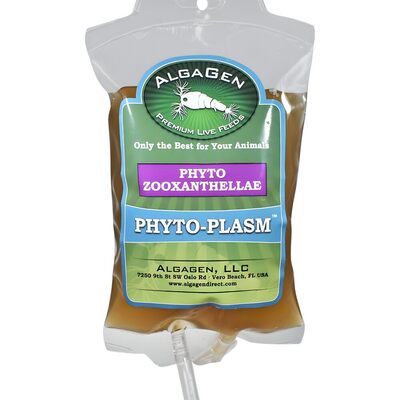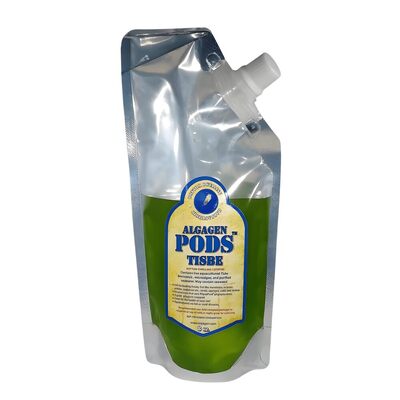Adding copepods to a new aquarium is an excellent way to kickstart a natural, balanced ecosystem. These tiny crustaceans serve as a nutritious food source for many fish while contributing to tank cleanliness by consuming detritus. Ensuring their successful introduction and acclimation is key to establishing a thriving population.
Understanding Copepods and Their Role
Copepods are some of the hardest working microinvertebrates in aquatic environments. Beyond providing live food, they act as scavengers and biofilters, helping maintain water quality. Knowing their biology and needs can improve your chances of successful tank seeding.
Preparing to Add Copepods
Copepods are resilient but acclimating them gently can increase survival rates. Since they come enclosed in water, gradual mixing of aquarium water with their original container water—via drip acclimation or slow water additions—is advisable. This process typically takes 30-60 minutes until the water's parameters equalize.
Floating the sealed container for 10 minutes to equalize temperatures beforehand also helps reduce shock.
Timing and Tank Conditions for Adding Copepods
Adding copepods in the evening or nighttime is crucial because many fish that prey on them are less active. Additionally, turn off mechanical filtration and pumps briefly to prevent copepods from being prematurely removed from the water column.
For tanks with refugiums, consider adding 40-60% of copepods there to allow safe population growth before dispersal to the main display.
Step-by-Step Guide to Adding Copepods
- Float the copepod container in aquarium water to equalize temperature for 10 minutes.
- Open the container and begin drip acclimation: gradually add tank water to the container every 5-10 minutes over 30-60 minutes.
- Turn off pumps, skimmers, and filtration systems for 30-60 minutes before introducing copepods.
- Add 40-60% of copepods to refugium and the rest to main tank areas, preferably close to rocks or sand beds.
- Use a turkey baster or syringe to direct copepods around the tank to increase settlement.
- After 30-60 minutes, restore filtration and pumps.
- Monitor tank conditions and feed phytoplankton supplements as advised in Mastering Phytoplankton Dosing for Saltwater Tanks.
Boosting Your Copepod Population
Maintaining a stable copepod population involves sustaining clean water, supplementing with live feeds, and avoiding predators where possible. Providing sufficient macroalgae growth can also support natural grazing behaviors.
Additional Guidance from Expert Sources
Further details on copepod introduction and care can be found in comprehensive guides like Top 5 Live Feeds for Thriving Reef Tank Ecosystems.
By following these steps and recommendations, you can ensure your new tank quickly develops a healthy and sustainable copepod population, boosting overall aquarium vitality and supporting your aquatic life.





Recent post